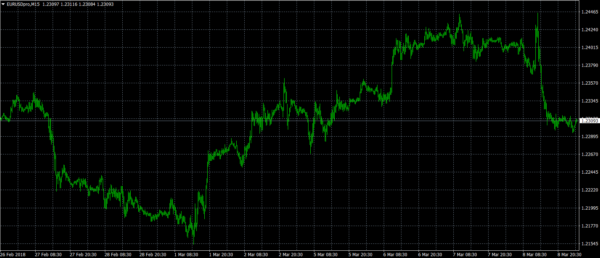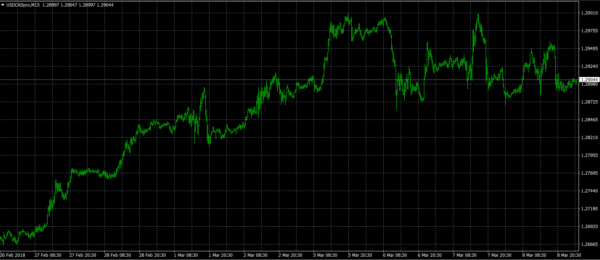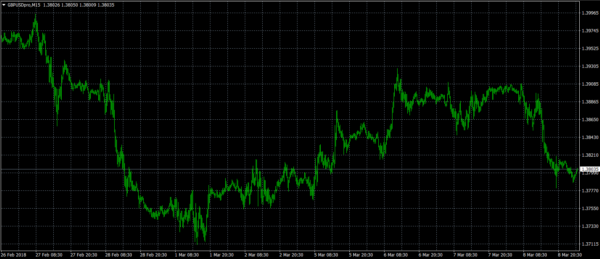US nonfarm payrolls will captivate the financial markets on Friday, giving investors what is arguably the most closely-watched calendar event of the month. The February report will provide the latest clues about the health of the world’s largest economy and could impact everything form currencies to the bond markets.
Friday also features a deluge of economic reports from Europe, beginning at 07:00 GMT with a report on German industrial production and trade. Output in Europe’s largest economy is forecast to rise 0.5% in January. Meanwhile, Berlin’s trade surplus is projected to narrow slightly to €21.1 billion from €21.4 billion.
The United Kingdom will also release a spate of economic figures at 09:30 GMT, including industrial production, manufacturing production, trade and consumer inflation expectations. The report on trade is forecast to show a narrowing of the trade deficit to £12 billion from £13.57 billion.
The European Commission’s statistical agency will report on euro-wide employment at 13:30 GMT.
Shifting gears to North America, the Department of Labor will release its monthly jobs report at 13:30 GMT. Nonfarm payrolls are projected to rise by 200,000 for February, following an identical increase the previous month. The jobless rate is also forecast to dip slightly to 4% from 4.1%.
Average hourly earnings, a proxy for wage inflation, are expected to climb 2.8% annually after shooting up 2.9% the month before.
Earlier this week, the ADP payrolls processor said US private-sector jobs rose by 235,000 last month, smashing estimates calling for 195,000.
North of the border, the Canadian government will also unveil its latest employment figures for February. Economists expect the report to show a net gain of 20,000 jobs last month.
In terms of monetary policy, the Federal Reserve’s Eric Rosengren and Charles Evans are scheduled to deliver speeches at 17:45 GMT.
EUR/USD
Europe’s common currency fell hard on Thursday after the European Central Bank (ECB) kept monetary policy unchanged. The EUR/USD exchange rate fell 100 pips to settle in the low 1.2300 region. The pair was last seen hovering around 1.2310, where it had broken two key support levels.
The USD/CAD made a strong push for 1.3000 this week before hitting a major psychological hurdle that sent prices back down to 1.2900. The pair was last seen trading at 1.2905. Jobs data from both sides of the border will have a strong influence on the direction of USD/CAD on Friday.
GBP/USD
Cable was under pressure on Thursday, as prices hit a double-bottom before recovering just north of 1.3800. The GBP/USD exchange rate was last seen trading at 1.3805, where it was down 0.1% from the previous close. Immediate support is located at 1.3712, which is the bottom from last week.

















